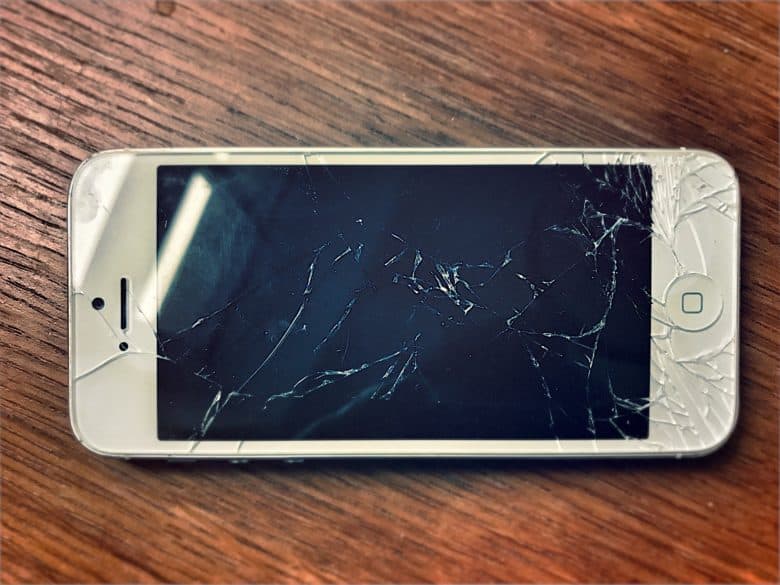Cracking My Back Feels Good Load
- Posted in:Admin
- 06/03/18
- 33
Is neck and back cracking all it's cracked up to be? Because it feels good and seems to relieve tension. Carry a lighter load in your bag or backpack. How to Crack Your Back. Cracking joints (also called joint cavitations) often feels good because it can release tension and increase the range of motion.
Three Parts: Cracking joints (also called joint cavitations) often feels good because it can release tension and increase the range of motion. Cracking or releasing the spinal joints of your back is usually safe if done in a controlled manner and within the normal planes of motion of the spine. Rotation and extension of the spine are the movements that usually create the cracking sounds of the small spinal facet joints.
However, seeing a joint specialist such as a chiropractor or osteopath is always a good idea if you have an underlying spinal issue. Disarmonia Mundi The Isolation Game Rar. Stretch your back muscles first.
Muscle tension in your back is often relieved with simple stretches without the spinal joints making cracking or popping sounds. Too much joint cracking may damage the joint tissues and accelerate a type of arthritis known as osteoarthritis (the wear and tear type). As such, aim for a good muscle stretch to start with and don't focus too hard on trying to achieve any cracking sounds. • Lay on your back (supine) on an even surface that has some padding (such as carpet or a yoga mat) so your spine doesn't get bruised. • Bring both knees up to your chest with your arms until you feel some mild-to-moderate stretching within your back muscles and hold for about 30 seconds. Do this simple stretch three to five times daily depending on the degree of tension in your back. • Don't hold your breath. Como Puedo Ser Un Cracker.

Instead, you should breathe deeply and exhale as you relax into the stretch. • You may have to slowly rock forward and backward in this position to get a better muscle stretch, but always do so in a controlled, gentle fashion. Never aggressively bounce or force motion into your spine or other joints as this could cause injury.

Stretch your back by elongating your spine. Another type of stretch can be done while on your knees and facing the floor (prone), which is similar to a yoga position known as the.
Again, the goal of this position is to stretch the back muscles and the spine, but it may not lead to any cracking sounds if you avoid twisting or extending your back • Kneel on a padded surface with your buttocks resting on the soles of your feet. Then bend forward at the waist, walking your fingers forward as far as you can go while trying to touch your nose to the floor.
• Hold this stretch for a.
Best Answer: There are different reasons: Escaping gases: Scientists explain that synovial fluid present in your joints acts as a lubricant. The fluid contains the gases oxygen, nitrogen, and carbon dioxide.
When you pop or crack a joint, you stretch the joint capsule. Gas is rapidly released, which forms bubbles. In order to crack the same knuckle again, you have to wait until the gases return to the synovial fluid.
Movement of joints, tendons and ligaments: When a joint moves, the tendon’s position changes and moves slightly out of place. You may hear a snapping sound as the tendon returns to its original position. In addition, your ligaments may tighten as you move your joints. This commonly occurs in your knee or ankle, and can make a cracking sound.
Rough surfaces: Arthritic joints make sounds caused by the loss of smooth cartilage and the roughness of the joint surface. Repetitive knuckle cracking can do some damage to the soft tissue of the joint.
It may also lead to a weak grip and a swelling hand. For the best answers, search on this site If you've ever laced your fingers together, turned your palms away from you and bent your fingers back, you know what knuckle popping sounds like. Nec Pinwriter P2200 Driver Windows 7. Joints produce that CRACK when bubbles burst in the fluid surrounding the joint. Joints are the meeting points of two separate bones, held together and in place by connective tissues and ligaments.
All of the joints in our bodies are surrounded by synovial fluid, a thick, clear liquid. When you stretch or bend your finger to pop the knuckle, you are causing the bones of the joint to pull apart. As they do, the connective tissue capsule that surrounds the joint is stretched. By stretching this capsule, you increase its volume. And as we know from chemistry class, with an increase in volume comes a decrease in pressure. So as the pressure of the synovial fluid drops, gases dissolved in the fluid become less soluble, forming bubbles through a process called cavitation. When the joint is stretched far enough, the pressure in the capsule drops so low that these bubbles burst, producing the pop that we associate with knuckle cracking.